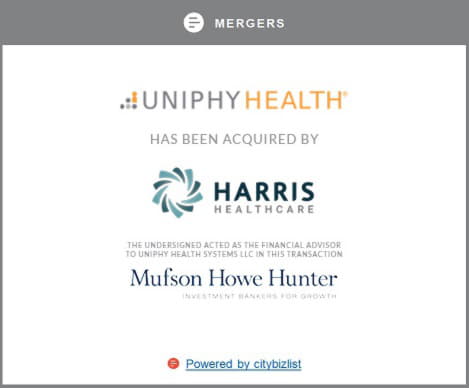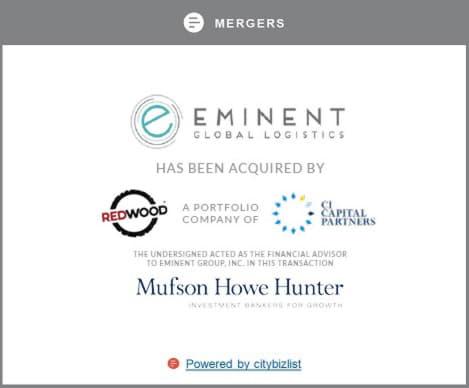
Summary
- The only way an investor can realize a return from an investment in shares is through receipt of dividends and/or gains on sales. I repeat - it is the only way.
- No matter how good a company, the share price can be too high. Conversely, even for a less attractive company, a low share price can offer superior risk-adjusted returns.
- There are some who say buying at a P/E ratio of 15.0 is just about right. At Analysts’ Corner, we believe that approach requires modification based on target company circumstances.
- Let’s take a look at what might be a reasonable P/E ratio for Johnson & Johnson and what share buy price might deliver an acceptable total return.
- This idea was discussed in more depth with members of my private investing community, Analysts' Corner. Start your free trial today »
A Structured Approach To Reviewing The Past And Projected Future Financial Performance Of Johnson & Johnson
Here at Analysts’ Corner, we have a systematized approach to gathering financial data inputs to auto generate financial tables, and our proprietary 1View?Scenarios dashboards. Auto generated Table 1 below shows the returns for 7 fictitious investors buying shares of Johnson & Johnson (JNJ) over the last 4 years.
Table 1
While investors A to F are fictitious, the rates of return do represent real results for anyone who purchased JNJ shares on those dates and held onto those shares through December 31, 2018. Table 1 shows the highest total rate of return of 11.53% is for investor B, who purchased shares at a price of $97.46 and at a non-GAAP P/E ratio of 15.99. The lowest total rate of return of 2.13% is for investor F, who purchased shares at a price of $130.01 and a non-GAAP P/E ratio of 18.14. Of the 7 investors, B purchased at the lowest share price and F purchased at the highest share price. But before reading too much into that, consider that while B purchased at the lowest (best) non-GAAP P/E ratio, F purchased at only the third-highest (worst) P/E ratio. This supports my contention that while P/E ratios are useful as indicators at the point of share purchase, they are merely a function of share purchase price and earnings per share (EPS). A reasoned share purchase decision needs to take into account share purchase price, dividends receivable while holding the shares, and estimated share selling price in the future.










